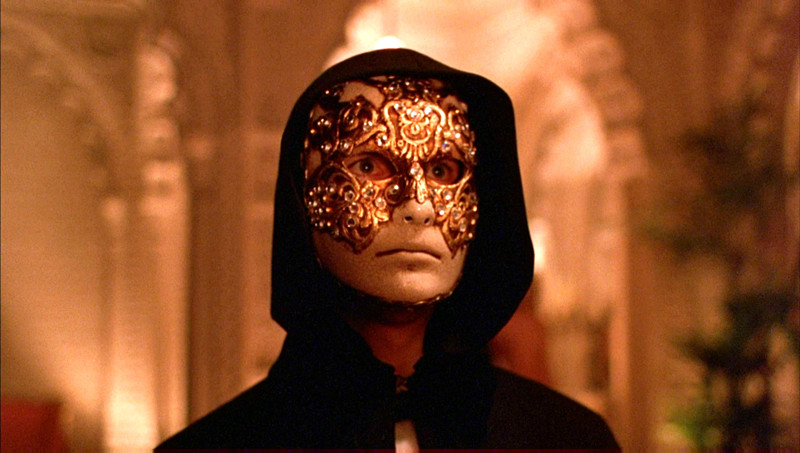
“We all wear masks, and the time comes when we cannot remove them without removing some of our own skin.”
― André Berthiaume
In art today, masks are as present as they were during the legendary ancient Greek theater plays. In contemporary art, the medium shifted more prolifically to cinema, although they are still present in theater, music and various other performances.
During the 21st century, Superhero films have become monumental blockbusters; almost synonymous with box office successes, and guess what almost every superhero possesses? No, I don’t mean super powers. Folks, it’s a list about masks.
Unfortunately, due to limited space in this list, we are going to feature only a few superhero films. Only the more critically and artistically acclaimed ones.
But what we will do, is to include some of the finest films to feature characters, antagonist or protagonist, that wore a mask. That mask can be worn with or without the wearer’s acceptance and be used for different reason; be it hide the face, to frighten, as a means of imprisonment or for lethal purposes.
20. The Iron Mask (1929) – Directed by Allan Dwan
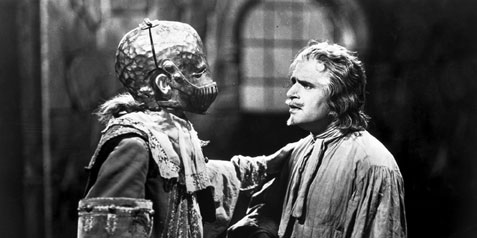
Two years after the smash box office success of the first film to feature live-recorded audio, “The Jazz Singer”, Allan Dawn brings his part-talkie action drama, “The Iron Mask”, to the big screen. Superior to “The Man in the Iron Mask”, made in 1998, this 1929 version is also loosely based on Alexander Dumas novel, “The Vicomte of Bragelonne”.
This is the last silent role of actor Douglas Fairbanks, who died for the first and last time on screen in his career, during this film.
D’artagnan (Douglas Fairbanks) and his three musketeers, Aramis (Gino Corrado), Athos (Leon Bary) and Porthos (Stanley J. Sandford) set about to rescue Louis XIV (William Bakewell), the rightful King of France, who has been entombed in a dungeon by his twin brother (also Bakewell); his head having been locked in an impenetrable iron mask.
In a time where talkies started to become the norm and Hollywood tangled a slow rhythm approach, “The Iron Mask” flashed audiences with its high paced editing. This action filled spectacle features marvelous set design and makes use of several gorgeous dolly shots. A shot that is said to be pioneered by Allan Dwan; the director of over 400 films.
19. Scream (1996) – Directed by Wes Craven

You like scary movies, don’t you? Well, in that case, “Scream” is for your shtick.
Directed by the recently deceased Wes Craven, the man who brought two of the biggest grossing horror franchises, this “whodunit” horror comedy is a perfect addition to the genre.
One year after the rape/murder of her mother, Sidney (Neve Campbell) is targeted by a masked serial killer who already took the life of two fellow students, Casey (Drew Barrymore) and Steve (Kevin Patrick Walles).
Craven directs this satirical flick with such masterful trickery. During the second act, there is scene after scene where the audience is implanted with the idea of who the “Ghostface” killer is, only a bit later to be revealed of being fooled.
The comedy almost never falls flat, even the slapstick is hilarious, not to mention the numerous film references and self references. “A Wes Carpenter flick”, a janitor at their school (named Fred) with a red and green striped sweater; how is that not funny?
18. The Orphanage (2007) – Directed by J.A. Bayona
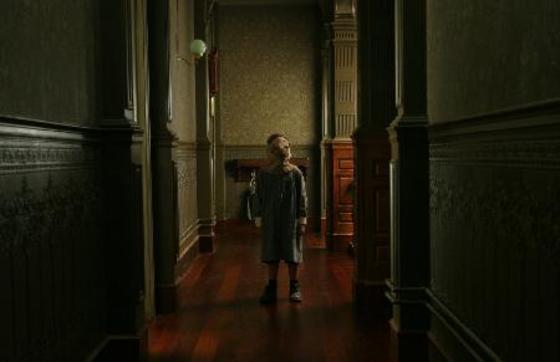
This Guillermo del Toro produced Spanish spine-chiller received a 10 minute standing ovation at Cannes in 2007. The Orphanage, the debutant film of J. A. Bayona, was the highest grossing film of 2007 in Spain.
Laura (Belén Rueda) spent her joyful childhood in a large orphanage. 30 years later, she returns to the now closed orphanage, together with her husband Carlos (Fernando Cayo), and their 7 year old child, Simon (Roger Príncep).
In memoriam of the care she received, her goal is to reopen the orphanage as a facility for disabled children. To the families anguish, soon, Simon starts to feat a obscure malicious behavior.
Director Juan Antonio Bayona crafted this suspenseful mood allegory with a precise nonchalance. Often he would improvise scenes, so that the actors would not know what to expect, forcing them to deliver humbly honest performances. Another strong aspect of the film is its cinematography. A beautiful shot and lit film with a distinctive Spanish color palette.
17. Watchmen (2009) – Directed by Zack Snyder
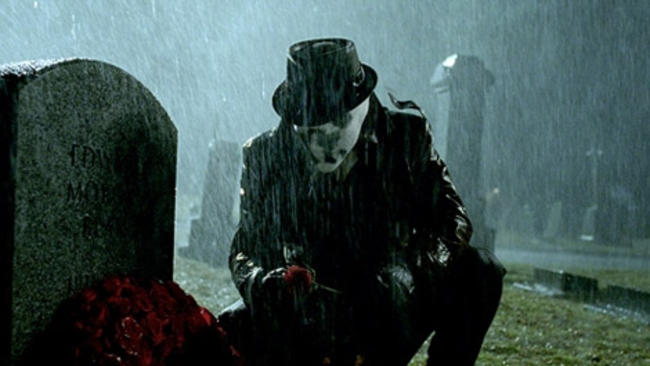
Based on the Alan Moore graphic novel, “Watchmen” is one of the best comic book adaptations out there. Earning a 4 out of 4 from Roger Ebert, this neo-noir superhero film is a great take on the fear and anxiety of the Cold War zeitgeist.
In alternate 1985 America, after the murder of The Comedian (Jeffrey Dean Morgan), Rorschach (Jackie Earle Haley), one of his former comrades, starts an investigation to unmask the cause of his death.
Length matters; since Terry Gilliam dropped out of the project in 1991 because he thought a 4-6 hours adaptation is necessary, the Director’s Cut version of the film is a must watch.
Atmospherically you feel like you are in a graphic novel. Zack Snyder use the panel grit of the novel as a storyboard to parallel the mood. Regardless of some complains from the fans of the graphic novel about this adaptation, almost everyone agrees the ending in the film is more complimentary than the one of the source material (Watch out, we haven’t got a giant squid over here.).
16. Black Sunday (1960) – Directed by Mario Bava
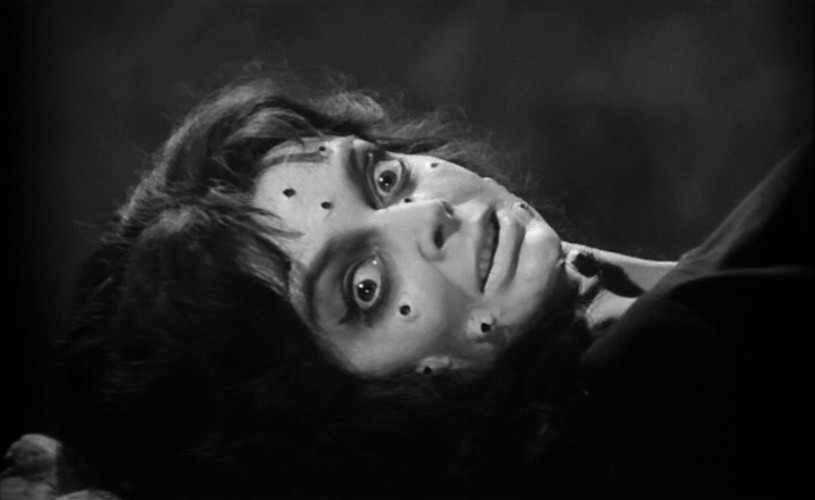
This is the first film the Italian horror legend Mario Bava got credited for directing. Having earlier taken over 3 different projects, which the respective directors left production before finishing, in this Italian gothic horror, he had unlimited artistic freedom.
In 1800s Moldavia, Dr. Thomas Kruvajan (Andrea Checchi) and his assistant Dr. Andre Gorobec (John Richardson) are traveling to a medical conference. After their carriage breaks down, they wander through the forest until the coachman finishes the repair.
They stumble upon the tomb of Asa Vajda (Barbara Steele), a witch who has been executed with a nail mask, 200 years ago. Two accidental drops of Dr. Kruvajan’s blood start the process of her reviving. Now she can take revenge on the family who killed her.
Before directing, Bava was a trained painter and cinematographer, this background made him put a lot of importance on the visual composition of his films. Black Sunday’s monochromatic photography is nothing less but breathtaking. The lighting on this film must be mentioned in every film history book.
This film is also credited with launching Barbara Steele’s marvelous career.
15. Judex (1963) – Directed by Georges Franju
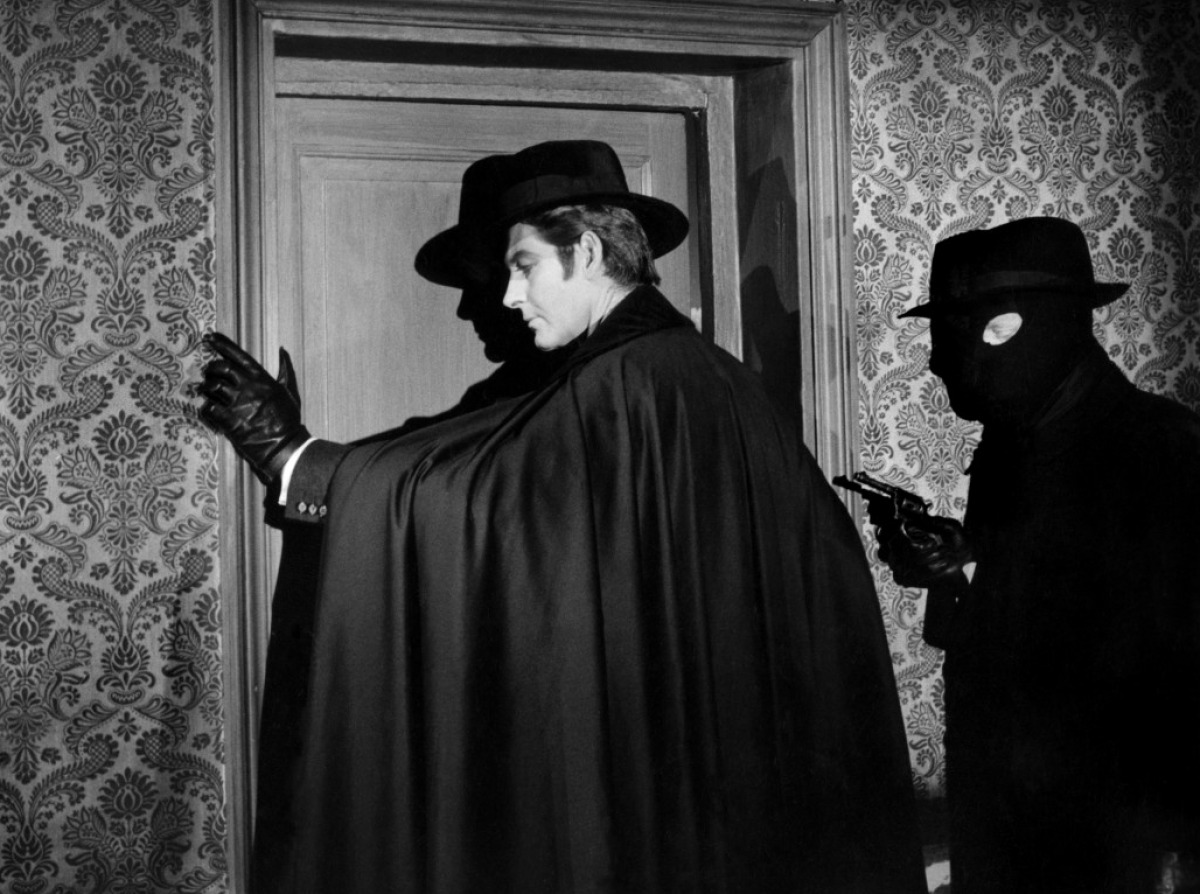
In the early 60’s when “Nouvelle Vague” swept through the French and World Cinema with outstanding iconoclasm, to much praise, Georges Franju continues his haunting classical form of filmmaking. His take on the 1916 Louis Feuillade film of the same name, “Judex”, is no exception.
The banker Favraux (Michel Vitold), receives a threatening letter from Judex, demanding that he pay back the people he has swindled. Favraux suspects it all being a hoax and hires detective (Alfred Cocantin) to investigate. Apparently, it wasn’t a hoax, as during his masked ball, he is killed at the exact time stated in the letters.
”Judex”, meaning judge in Latin, is a film about crime and punishment. Our hero, Judex, is played by Channing Pollock with a humble gracefulness and vulnerability which makes him very likable.
The best performance, though, is reserved to the beautiful antagonist, portrayed by Francine Bergé. The intriguing screenplay leaves spaces for a lot of great performances; you never know what’s going to happen next. For better or for worse, there are so many plot twist you cannot possibly foresee.